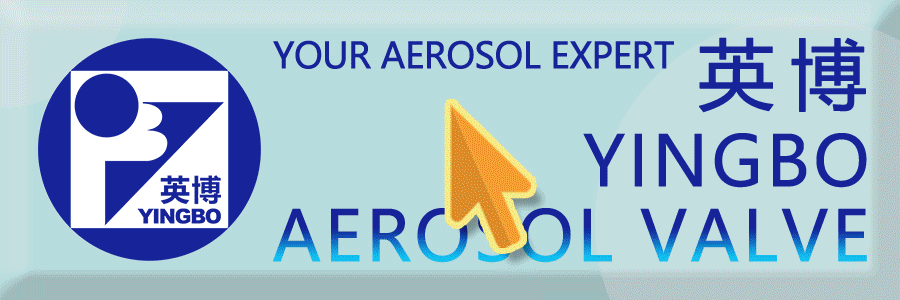SC Johnson shares scientific research on using repellents
Urban entomology research centre, The SC Johnson Institute of Insect Science for Family Health, provides information on using personal insect repellents to reassure health and safety-conscious consumers.
US-based manufacturer, SC Johnson Institute of Insect Science for Family Health, produces household cleaning products and products for home storage, air care, pest control and shoe care, as well as professional products.
Planning, preparation and protection
Entomologists from the SC Johnson Institute of Insect Science for Family Health are striving to increase awareness by providing transparent, scientific information on how to best use insect repellant sprays to protect your skin from insect bites.
Kelly Semrau, Senior Vice President of Global Corporate Affairs, Communication and Sustainability at SC Johnson, shared: “Using insect repellent regularly is the first line of defence from bug bites and the insects, like mosquitoes and ticks, that may carry serious diseases.”
Highlighting consumer preferences for customisable products, Semrau emphasised that SC Johnson is striving to meet these demands by finding the “right personal insect repellent to fit their activities”.
Repellents activity
Personal insect repellents cross multiple industries, including the personal body care, health care and pest control sectors. As a result of its prevalence and popularity, there are a number of common consumer concerns that may prevent them from using these aerosol sprays, lotions and creams.
Aerosol insect repellents contain active ingredients. The most popular active ingredients used are DEET and Picaridin, yet despite the familiarity with these ingredients, consumers are worried that these chemicals may be unsafe and/or unsupported by scientific evidence.
SC Johnson confirms that these actives, which have been present in the marketplace for over 70 years, have been evaluated for both safety and efficacy, along with gaining regulatory approval.
Active ingredients
These active ingredient-based products repel, rather than kill, these insects by creating a vapour barrier on the skin’s surface. Labels and packaging form a crucial part in building consumer trust and confidence by providing information on application and reapplication.
The level of active ingredients contained in the repellent product does not directly correlate to how protected the consumer is, but rather, how long the protection lasts.
Scientific research
SC Johnson opened the first-of-its-kind research facility in China in 2013, where its researchers engage in the scientific development and understanding of insects, looking at their biology, physiology and behaviour.
The Chinese Institute also tests pest control formulations and delivery systems to learn more about effective methods of protective treatment and the diseases that insects such as ticks and mosquitoes may carry.













